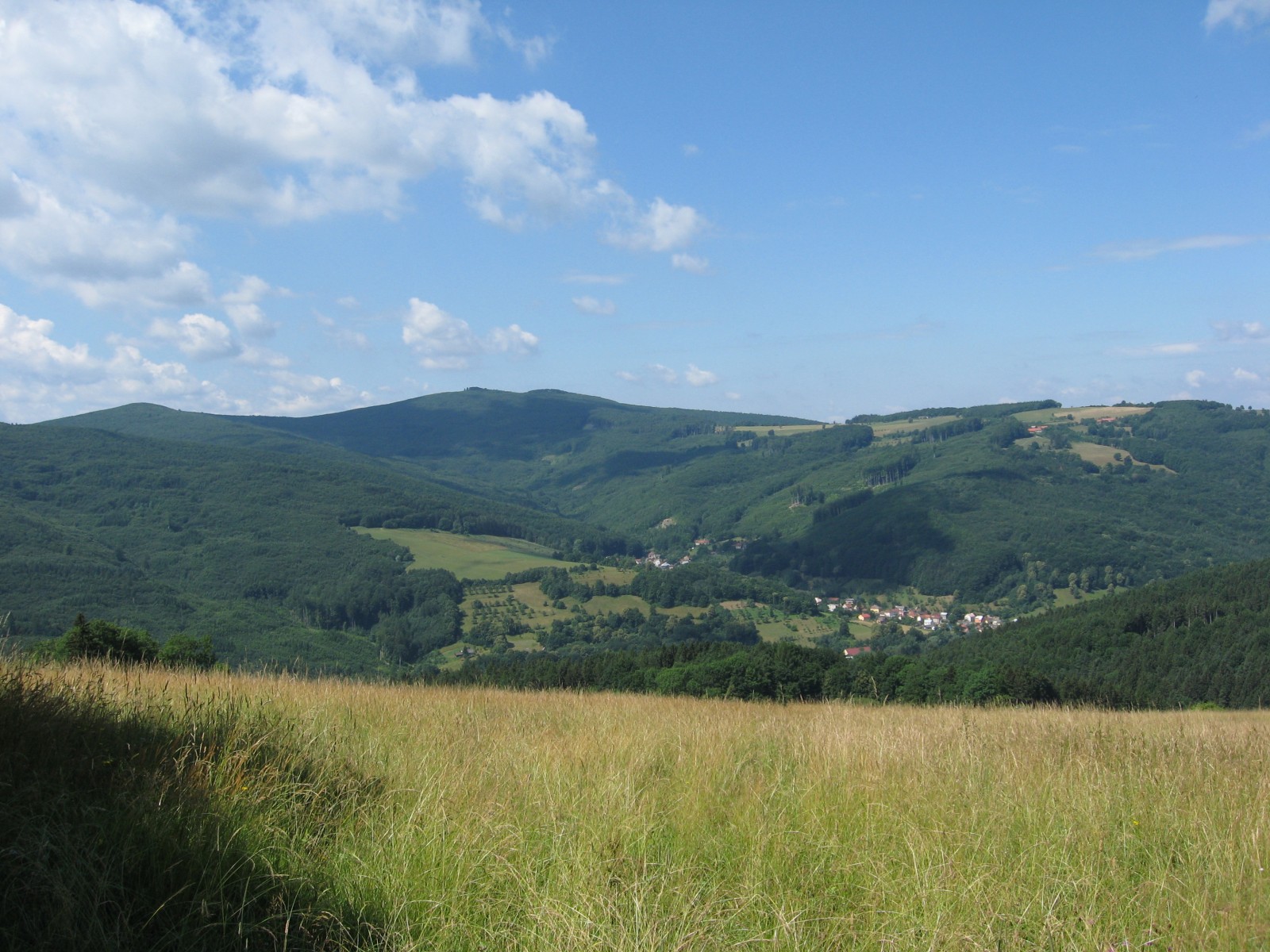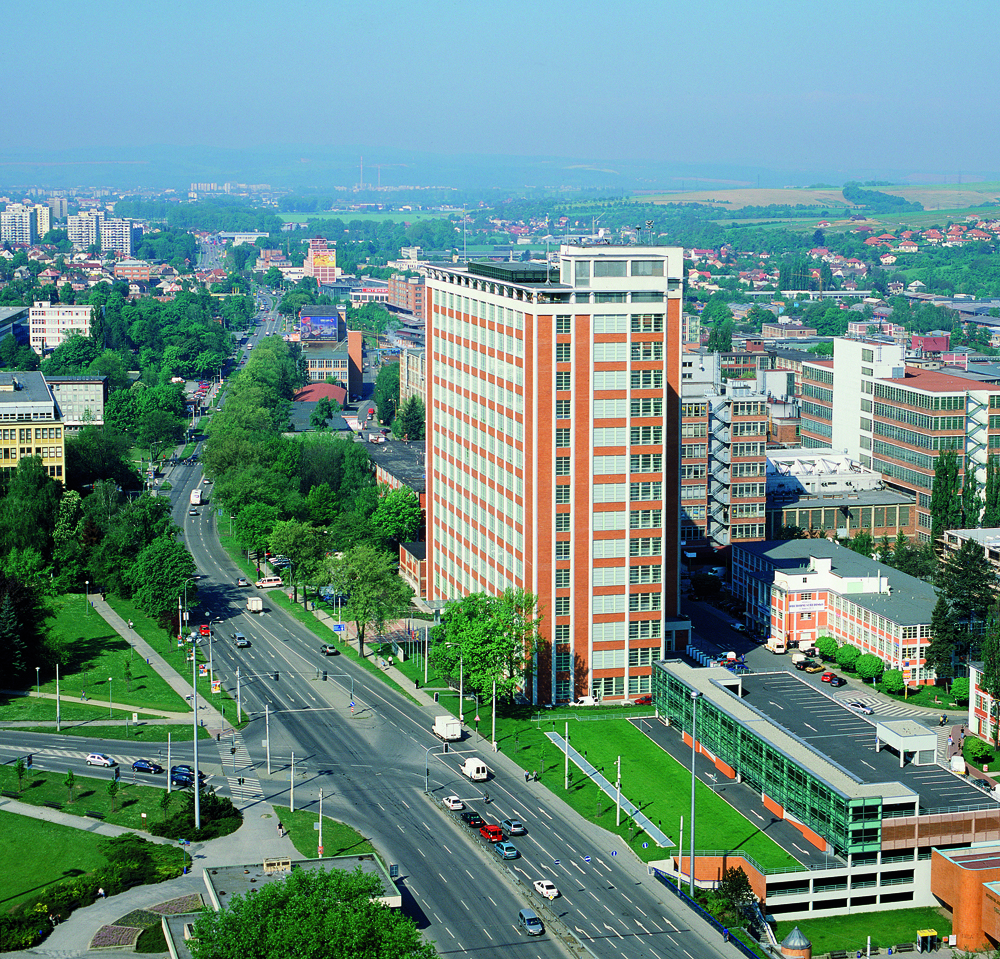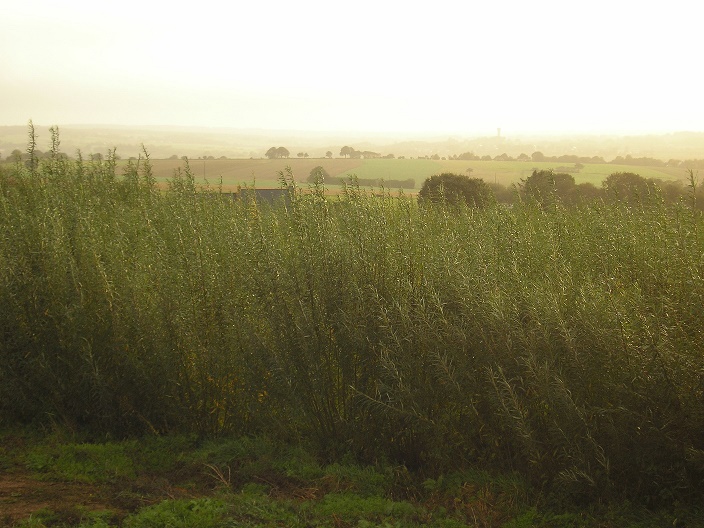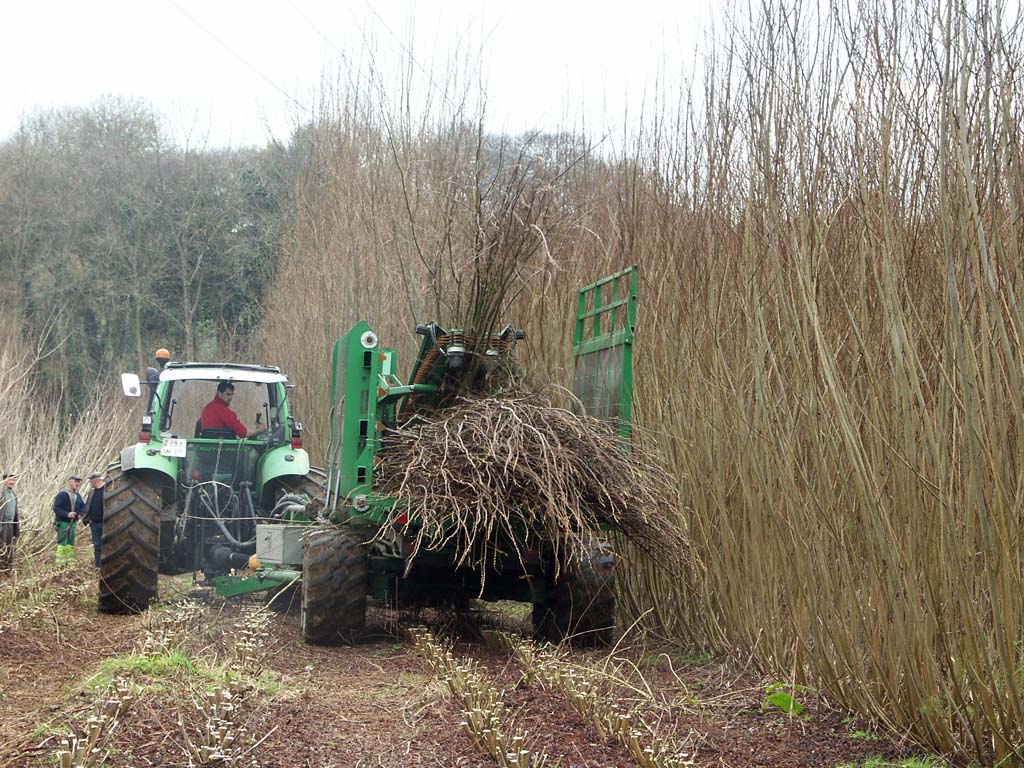
Brittany region, France
Brittany is a dense livestock region. Pig production and agri-food sector hold a predominant place. Forest represents a small part of the total areas, but hedges are still abundant, though in decline. In Brittany, SRC first experiments date from 1998. In 2004, through the Life Environment project Wilwater 100 hectares of willow SRC have been planted to test different applications including energy production, irrigation with treated wastewater, sewage sludge spraying, protection of drinking water catchment. The project showed that some situations combining its different uses can lead to a consistent environmental policy and encourage local partnerships. The current lack of profitability of the sector could change rapidly with an increase in the use of biomass.
The renewable energies share is about 11% of total consumption in the Region. Wood energy represents more than half of it. The Regional Woodfuel Programme (implemented by Aile since 2000) promotes woodchips boilers development as well as woodfuel supply chains. Wood energy has grown significantly since 2010 and produces 2300 GWh end of 2014. Objectives for wood energy development in 2030 represent a considerable effort (3800 GWh). Dedicated crops such as SRC could provide a complement to supply boiler plants. The SRCplus project is therefore an opportunity to set up new local supply chain.
Prespa region, Macedonia
The stimulation of investments in renewable energies as well as the larger inclusion of renewable energy sources in the energy consumption are one of the main strategic objectives of the Government of the Republic of Macedonia. As a candidate country and future member of the European Union, Republic of Macedonia actively works on compliance with the European legislation, especially in the area of energy efficiency and renewable sources of energy. In order to promote renewable energies in Republic of Macedonia, the country recently joined the Intelligent Energy for Europe Programme. According to the national strategy for alternative energy sources, the needs for using biomass for energy and power production in the Republic of Macedonia are very high. Although Republic of Macedonia has favourable opportunities for the utilization of renewable energy sources including SRC, biomass production is currently very limited. Currently, there are neither planted SRC examples in the target region of Prespa in Municipality of Resen, nor in Republic of Macedonia in general. Municipality of Resen is situated at the south-west part of Republic of Macedonia in the Prespa region. Prespa region is one natural entity spread in three neighbour countries, Republic of Macedonia, Albania and Greece. The largest part is in the Republic of Macedonia which is abundant with natural beauties, Prespa Lake, beautiful mountains, agricultural filds, rich flora and fauna with endemic examples of birds, herbs and trees. There is a great cultural heritage, plenty of rich traditions, history and hospitality of Macedonian people. The Municipality of Resen has 17,000 inhabitants and the largest town is Resen with 9,000 inhabitants. Main occupations of the inhabitants are agricultural production, most production of apples and some other fruits like cherries, plums and pears and developing rural tourism. The region was selected due to its high agricultural potential to grow SRC. The SRCplus project will contribute with its activities to build the capacities for planting and growing SRC in Republic of Macedonia and especially in the Macedonian part of Prespa region. The SRCplus project will disseminate good practice examples which is crucial for for the SRC market development in Republic of Macedonia.
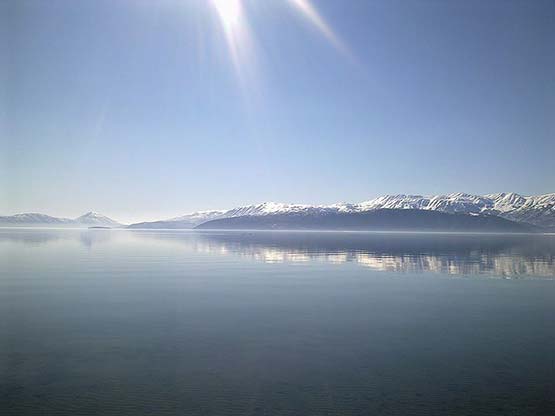
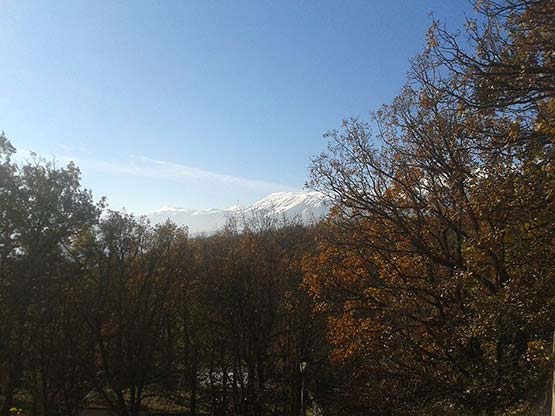
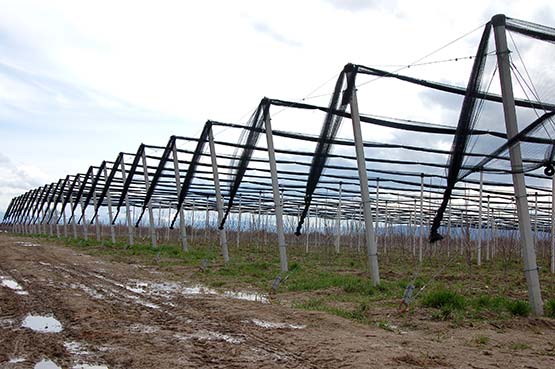
SRCplus regions
The SRCplus project is implemented in 8 target regions in Germany, Croatia, Latvia, France, Czech Republic Greece and Macedonia.
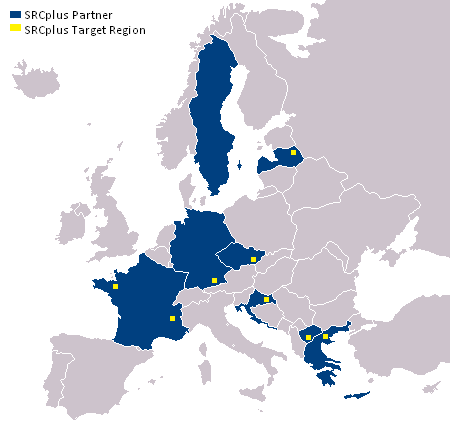
Kentriki Macedonia region, Greece
Currently, there is no significant agricultural area in Greece covered by SRCs and the development of SRC has been mostly related to field trials established for RTD activities. Most of these research activities have been conducted by the Faculty of Forestry and Natural Environment, lab of Forest Genetics, the Forest Research Institute and by the project partner Centre for Renewable Energy Sources and Saving (CRES). However, there is a lack of national or local dissemination campaigns supporting the importance of SRC to the general public, agriculture, heat production and industry. Additionally, there is a lack of information to the farmers, regarding the species selected for the establishment of SRC, the cultivation techniques and the equipment used in such applications. Today there is only one district heating application in the country (in municipality of Megalopolis) fuelled by wood chips and it is not fully operated. Their main heat resource is the waste heat from the power plant located in the area. Wood chips are produced by wood logs provided by the wood market. This means high cost for chips purchase and risk on security of wood supply.
The promotion and dissemination of SRC through the SRCplus project in the region of Kentriki Makedonia will create an efficient solution for farmers to increase their production and profits. This will also contribute to rotation of crops, improvement of soil quality and productivity agricultural lands. The production of wood chips combined with efficient energy production technologies (heat and CHP) will support the national policy on RES and energy production supporting also the achievement of 2020 EU targets.
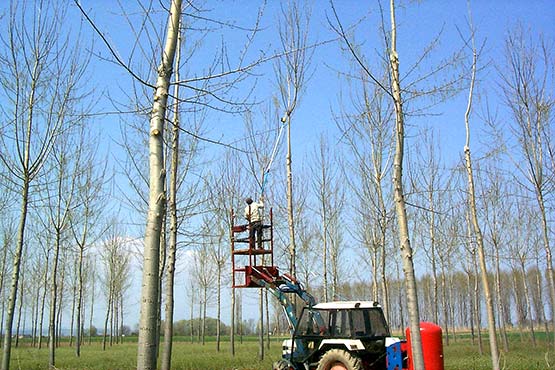
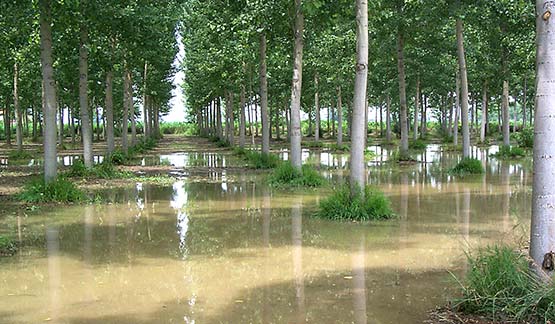
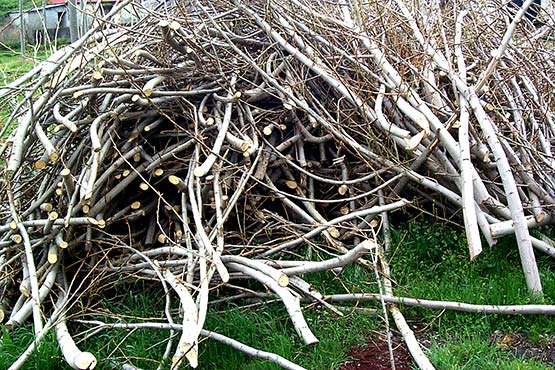
Zlin region, Czech Republic
Solid bioenergy is an important strategic energy source in the Czech Republic to fulfil the renewable energy targets of the European Union. Currently, there are only very few SRC plantations in Czech Republic.
Zlín region in the Czech Republic is located in the south-eastern part of the country. The soil fertility of most parts of the region is rather low (marginal land), except in valleys and river basins. 49% of the land is agriculturally used. SRC is currently not cultivated, mainly due to non-technical barriers. The biomass market in general is being developed within the area of the Zlín region. There are for example 28 CHP utilities and 6 of them are using woodchips for firing or co-firing. The demand for woodchips in the region is increasing and biomass users are getting the woodchips both from the Zlín region itself or from imports to the region. SRC would contribute to increase the share of locally produced biomass and thus to keep the revenues in the region. An initial survey to set-up SRC plantations was carried out and severel suitable areas have been identified. More concretely, especially 3 promising areas with 20 ha have been identified (including the zone in Holešov town, the village of Jarcová and the village of Hostětín). Moreover, the possibility to build a new CHP utility has appeared to supply the industrial zone in Holešov town. New plantations of SRC in the same area would be a great example of increasing of the energy independence, sustainability and the share RES utilisation in the region.
